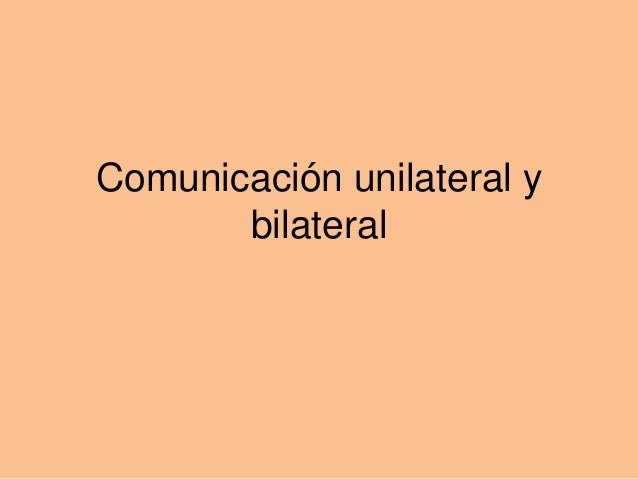Usos De Tolerancia Unilateral

My plant is measuring a length dimension that has a MAX tolerance (2.5mm MAX). Our customer is requesting capability data, but my plant is unclear if minitab is able to run capability data on a one sided tolerance. What I am looking for is if we are capable at staying below the MAX dimension. My only idea is to set the USL as my MAX and the LSL to 0, but that’s only going to tell me if I am capable of hitting the average between the MAX and 0.Can anyone recommend how this data should be analyzed? I assume you have a nominal dimension and a max so the spec should be nominal -0 to nominal +2.5mm.This situation is similar to hole drilling where you typically have a nominal hole size and some leeway to get larger. In the case of hole drilling, you have a natural lower bound at approximately the drill bit diameter (though it is possible to drill a hole that is effectively smaller than your bit due to lobing or other mechanisms, most assume that the effect is rare and negligable).For cases where there is a natural lower bound, you usually get a skewed distribution toward the lower end of the band.
Cards visible on the bottom are not in play. The top deck is your active deck that you’re going to use in the next game and the bottom one is the entire deck. New vegas player home mod.

Hence, your population is not Normal and traditional UCL/UCL calculations do not work well.But, you can still make your data work for you. First, you need to demonstrate that the process is in control maybe plot a histogram and look for signs of smoothness and a single promenent peak (a typical skewed bell curve). This is a very crude way to tell if your process is at least predictable. If someone knows a better way to calculate predictability, then please suggest.Next apply a Pearson curve. Pearson curves are a series of skewed distributions. The skewness and kurtosis of your data is used to pick a representative curve for which a guy named Pearson was kind enough to tabulate all the probability distributions that we take for granted in a Normal distribution.Thus, after transforming your data using Pearson curves, your typical capability calculations should make sense.I would caution, however, to really ask yourself if there is truly a natural lower bound inherent in your process.
Jan 23, 2004 How to calculate the value of Cp and Cpk incase of unilateral tolerences. For characteristics such as strengths, etc only minimum limit is given. Like strength to be more than 50N. In this case how can i calculate the Cp and Cpk? Be notified via email. Como el dimetro nominal es 40 mm. Se busca en la Tabla el valor correspondiente a 40 mm de dimetro y una amplitud de tolerancia de 25 micras y le corresponde una calidad IT7. Para contemplar la tolerancia en las diferentes posiciones podemos hacer uso de las siguientes Tablas (6.2c y 6.2d) que nos aporta la Norma. Ef-280 -150 6 a 10-310. How to calculate the value of Cp and Cpk incase of unilateral tolerences. For characteristics such as strengths, etc only minimum limit is given. Like strength to be more than 50N. In this case how can i calculate the Cp and Cpk? Be notified via email. Cp is not defined for unilateral tolerances, so.

Usos De Tolerancia Unilateral Y
If not, then why would your data be skewing? Maybe the operator is just over controlling or the spec actually allows some under tolerance that just isn’t stated.
Usos De Tolerancia Unilateral Y
If no natural lower bound, report as out of control and look for root causes.